Israel wants to completely defeat Hamas and rescue all hostages with a major ground operation into Gaza, but it may not be able to achieve that goal quickly.
The Israeli army and Hamas forces began implementing a ceasefire from 7am (12pm Hanoi time) today, to facilitate the exchange of 50 hostages being held by Hamas for 150 Palestinian prisoners being held in Israel. The 4-day ceasefire also allows for the transport of more humanitarian aid into the Gaza Strip.
The atmosphere in Gaza became calm on the first day of the ceasefire, as the Israeli air force stopped bombardment and Hamas did not fire any rockets towards the enemy territory. This raised hopes for a longer-term solution to end Israel's offensive in the Gaza Strip soon.
However, Prime Minister Benjamin Netanyahu declared that the Israeli military campaign would not stop after the four-day ceasefire ended. "I want to make it clear that we are at war and will continue the war," he said.
The Israeli prime minister's stance is partly intended to appease hardliners who oppose any concessions to Hamas. But it also underscores that even after taking control of northern Gaza after more than six weeks of fierce fighting, Israel still has a long way to go before achieving its stated military goal of "wiping out" the militant group Hamas and freeing all hostages.
“Hamas’ firepower and infrastructure have been more severely damaged than in any previous Israeli operation,” said Jean-Loup Samaan, a senior fellow at the Middle East Institute at the National University of Singapore. “But given that the objective was to eliminate the militant group, the operation is far from complete.”
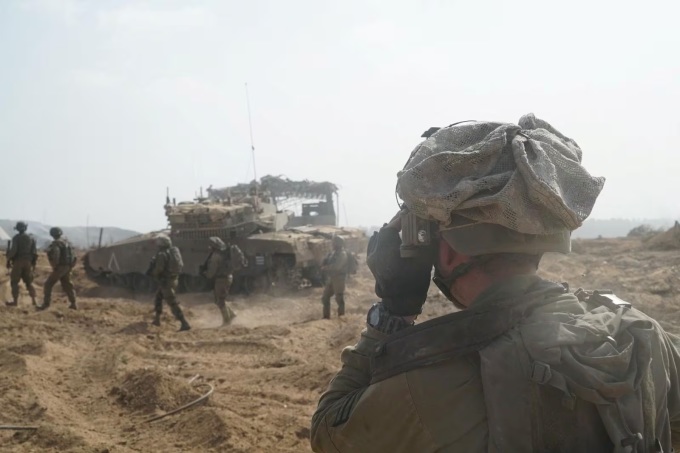
Israeli soldiers in action in the Gaza Strip in this photo released on November 8. Photo: Reuters
Hamas launched an unprecedented raid on Israeli territory on October 7, killing 1,200 people and taking nearly 240 hostages to the Gaza Strip. Tel Aviv responded fiercely, starting with a three-week bombing campaign in Gaza, before launching a ground offensive on October 27.
In the weeks that followed, the Israel Defense Forces (IDF) gradually expanded its control over the northern Gaza Strip, encircling Gaza City, which was considered the center of Hamas' military and political operations. About 70 Israeli soldiers were killed in the operation, far fewer than military planners had predicted.
A senior Israeli military official said the operation had “severely damaged” 10 of Hamas’ 24 battalions, each of which had around 1,000 troops before the conflict. Israeli officials estimate that around 5,000 of Hamas’ 24,000 members have been killed.
The campaign also had a major impact on Hamas’ ability to respond with rockets into Israel. In the early days of the conflict, Hamas repeatedly fired rockets at major Israeli cities such as Tel Aviv, Ashkelon, and the Gaza border area. However, as the Israeli army overran key positions in northern Gaza, Hamas’ rocket fire became sporadic and less accurate.
"The most concentrated area of Hamas fire is from the central area of Gaza City. Right now, there is a wave of four to five rockets every three days. In the first two weeks of the conflict, there was a wave every four to five hours. That's a huge difference," said Zvika Haimovich, a former commander of Israel's air defense forces.
Al-Shifa Hospital, Gaza's largest medical facility, is also one of Israel's key targets in its campaign against Hamas. Israel accuses Hamas of having a command base in the hospital, describing it as the "beating heart" of the militant group. Hamas has always denied using the hospital for military purposes.
The Israeli military announced on November 19 that it had discovered a 55-meter-long tunnel with a kitchen and air-conditioned conference room under the Al-Shifa hospital, which it said would be evidence for the force to arrest the hospital director. Observers said the Israeli advance provided better intelligence on Hamas' tunnel network in Gaza.
For Gaza's roughly 2.3 million people, the cost of the conflict has been enormous. Israel's campaign has killed more than 14,800 people and injured at least 36,000, according to Gaza health officials. About 1.7 million people have been displaced.
Much of northern Gaza is now uninhabitable, with at least 50,000 homes damaged. The health system has nearly collapsed, while Israel has restricted supplies of fuel, food and water to the area.
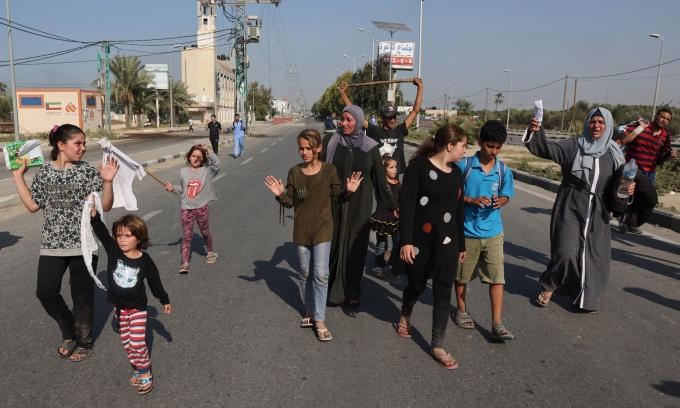
People wave white flags and raise their arms high as they evacuate the southern Gaza Strip through a humanitarian corridor set up by the Israeli army on November 5. Photo: AFP
With military gains in northern Gaza, Israeli officials admit that if they want to completely defeat Hamas, they must enter a new phase of the campaign in the southern strip.
Israeli forces have already begun the plan. Israeli officials have warned residents of Khan Younis to move to a “safe zone” in Muwasi, an area of about 14 square kilometers in southwestern Gaza.
Aid groups have protested the idea of cramming hundreds of thousands of people into such a small area. But Israeli officials say they have no choice but to defeat Hamas. Hamas leaders Yahya Sinwar and Mohammed Deif are believed to be hiding in southern Gaza, and Hamas has withdrawn many of its members from the north to that area.
"I'm pretty sure that hundreds, if not thousands, of Hamas members in northern Gaza have moved south. They've certainly moved weapons and rockets down there," said Michael Milstein, a former IDF intelligence official.
Control of the south is essential if Israel is to have a chance of destroying Hamas’ network of tunnels, which the group uses as a haven and to store weapons. The tunnels may also contain hostages, forcing Israel to consider all options carefully.
The Israeli military said on November 22 that its engineers had destroyed about 400 Hamas tunnels. However, they admitted that this was only a small part of a tunnel network that totaled more than 500 kilometers.
"Once we take control of all of Gaza, it could take us almost a year to clear the area, to uncover all the underground infrastructure of the group, to find all the missiles and rockets that are hidden. The strip is a big bunker. It's full of booby traps, improvised explosive devices, bombs that they make. There's a lot of work to do," said Amir Avivi, former deputy commander of the Israeli army's Gaza Division.
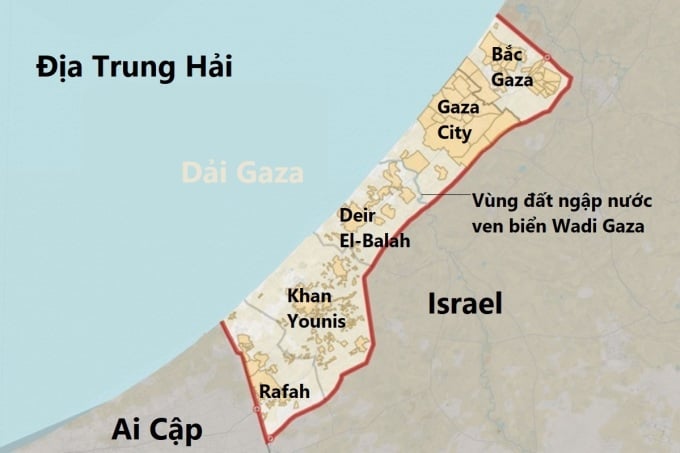
Location of Gaza City in the northern Gaza Strip. Graphic: Al Jazeera
But even if Israel completes those tasks, analysts say the lack of a clear plan for post-conflict Gaza management means Israeli forces will remain in the strip long after the campaign ends.
The bigger question is whether they can fully defeat Hamas, which has taken deep roots in the Gaza Strip over the past 16 years.
“The operation may have eliminated Hamas, but it also created new unknowns about the power vacuum in the Gaza Strip and its impact on Israeli security,” said Mr. Samaan.
The expert is concerned about the phenomenon of "mission creep" as the Israeli army is forced to stay in Gaza for longer than expected. "This is the result of a military campaign without a clear political plan," Samaan said.
Thanh Tam (According to FT )
Source link






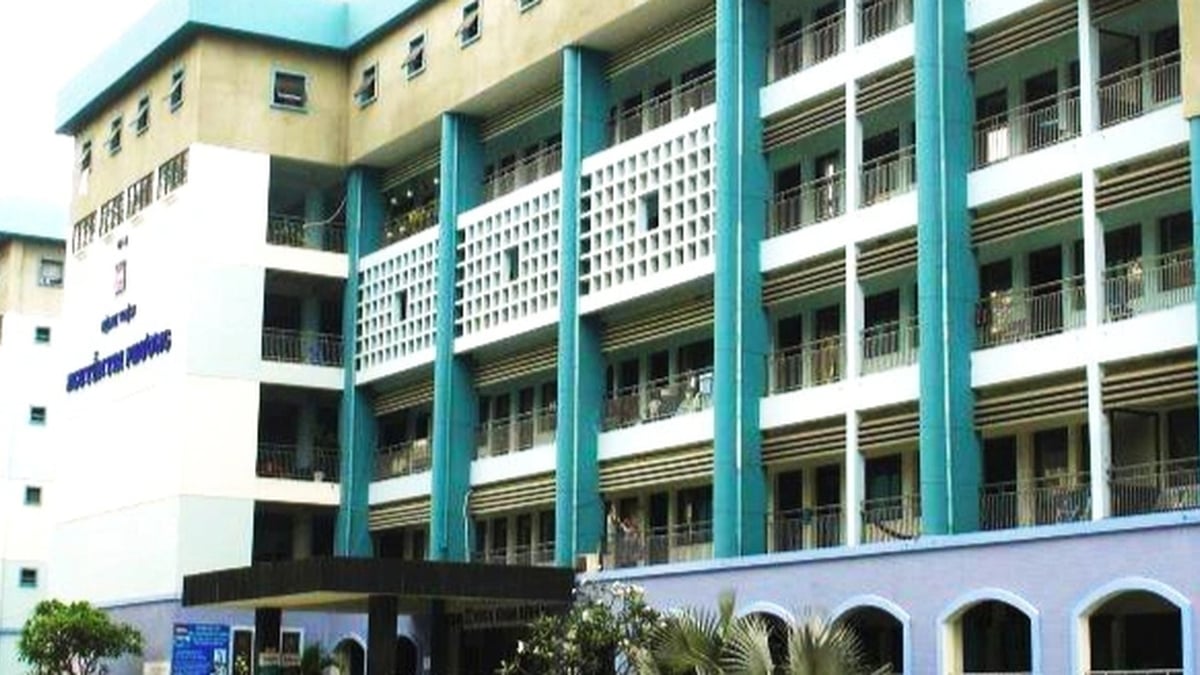




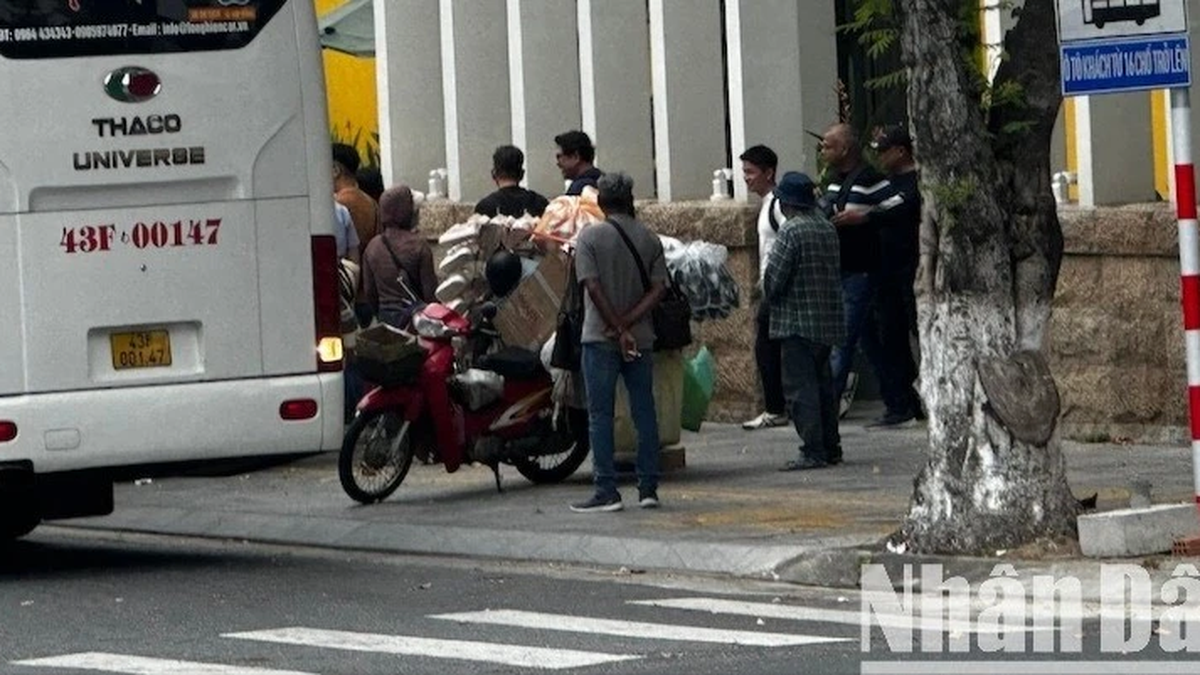



















![[Photo] National Assembly Chairman attends the seminar "Building and operating an international financial center and recommendations for Vietnam"](https://vphoto.vietnam.vn/thumb/1200x675/vietnam/resource/IMAGE/2025/7/28/76393436936e457db31ec84433289f72)





































































Comment (0)